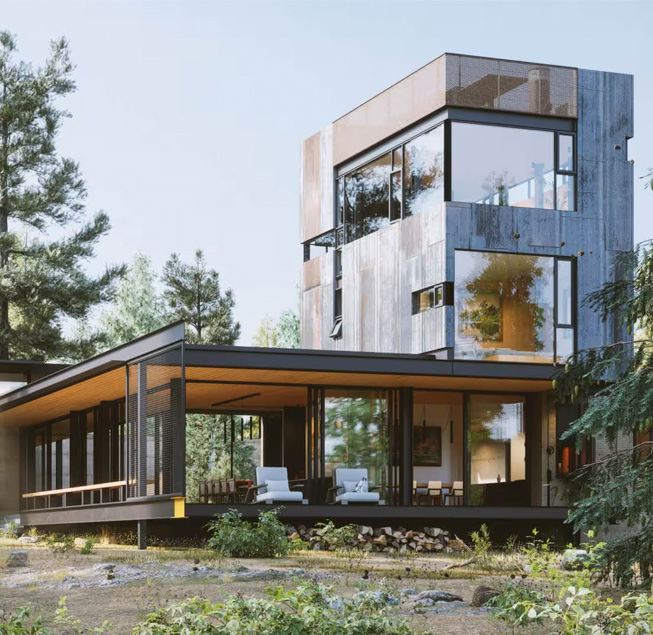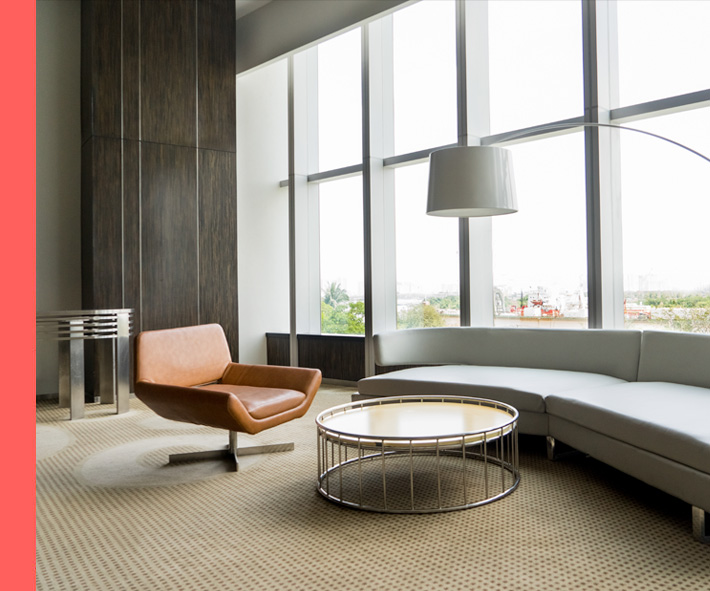Interactive Architecture Visualisation and Texturing (IAVT)
from Basics to Brilliance: AR & VR in 6 Months

Interactive Architecture Visualisation and Texturing (IAVT)
from Basics to Brilliance: AR & VR in 6 Months
Hello, Architects and interior designers!! Break free from the limitations of static renders and step into the future of visualisation with Unreal Engine. This industry-leading real-time rendering powerhouse unlocks unparalleled creative freedom, empowering you to craft stunning, interactive experiences that captivate audiences and revolutionise how you communicate your design vision. Join us at Cindrebay Up^Skill to master the cutting-edge tools of Unreal Engine and revolutionise your ArchViz portfolio. Take the next step with our 6-month course at Cindrebay Up^Skill.
APPLY NOW ALUMNI SPEAKThis course isn't just a learning experience; it's a transformation. Embark on this journey to reshape the landscape of architectural communication. Harness the capabilities of Unreal Engine and advance into the new era of ArchViz.
Duration
6 MonthsEligibility
Upskilling For whom?Architects & Interior Designers with passion for Immersive Design
